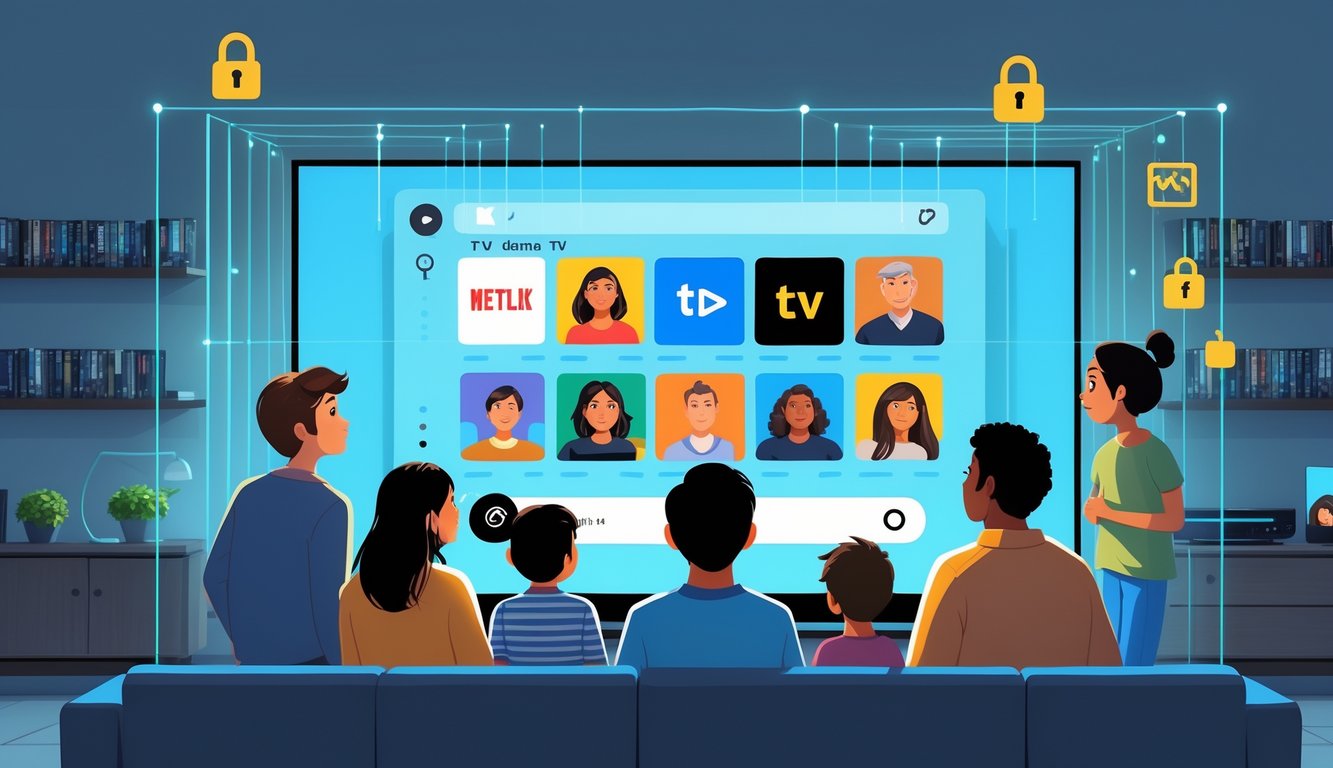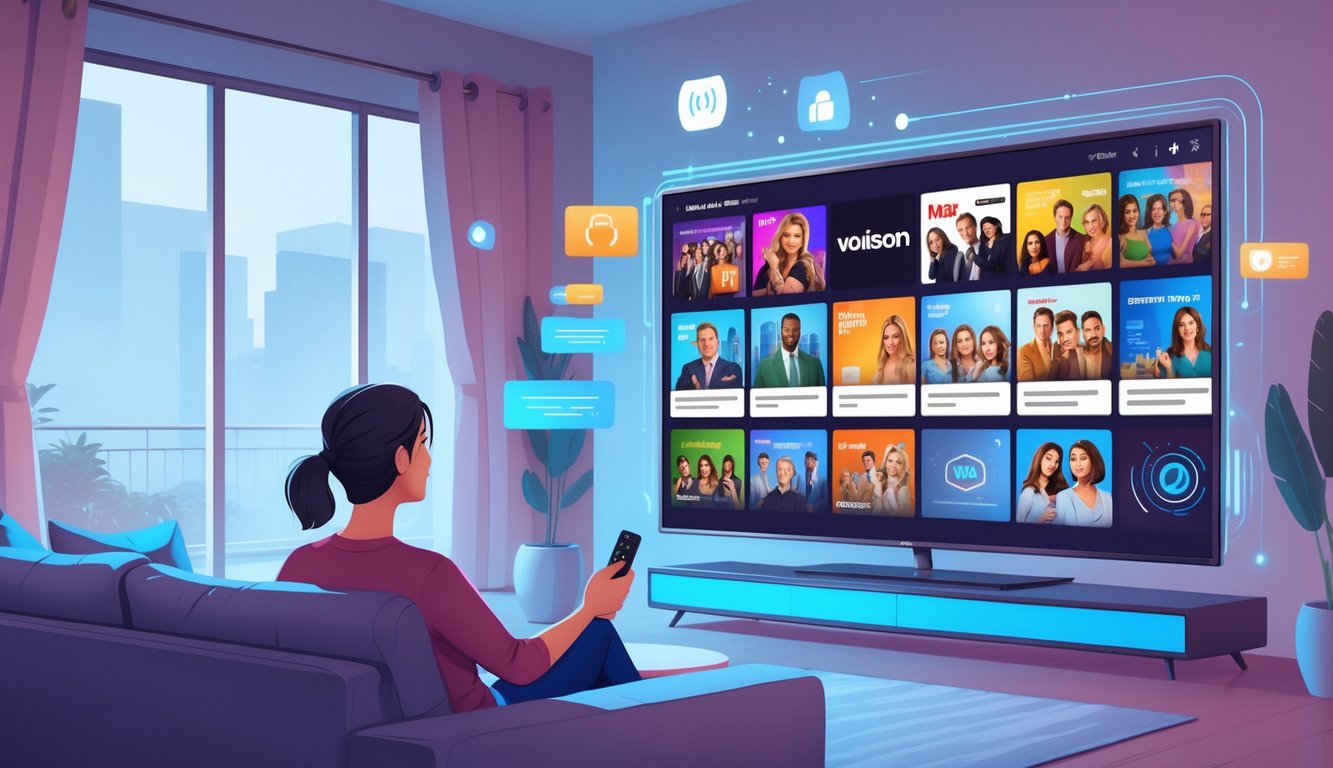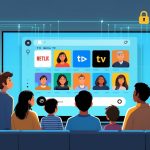
Okay, so here’s what happened: I just wanted to rewatch some goofy sitcom on Netflix—nothing fancy, just a little nostalgia. I log in, click, and suddenly it’s, “This title isn’t available in your region or subscription.” Uh, what? I swear, a week ago it was there. I guess I switched to the cheaper ad plan and tried to stop sharing my password with my cousins (sorry, guys), and now half my watchlist is just… gone? Nobody even bothered to send a heads-up that all these “access limits” would quietly eat away at my options. Is everyone else just pretending this isn’t weird?
And, like, the numbers are everywhere—one survey said 41% of people feel “decision fatigue” from too many choices, but how is that even possible if the stuff I actually want just keeps disappearing or hiding behind some paywall? Pick a show, poof, it’s gone. Or, sure, you can watch it—if you pay more.
Here’s the part that drives me up the wall: streaming used to be this instant, click-and-go thing. Now, every platform is juggling ad deals and subscription tiers and whatever else behind the curtain, and sometimes even the lawyers can’t explain it. More choices, less freedom—make it make sense. I mean, toggling accounts, hopping on VPNs, getting those “too many devices” errors, it’s all one big mess. People at work debate Disney+ vs Max like it’s a sports rivalry, but honestly, I just want to know who keeps locking up the shows I grew up with. “Unlimited library,” my foot.
What Are Streaming Access Limits?

Nobody wakes up thinking, “Today’s the day I hit a streaming wall.” But then you do. It’s not even about the show, it’s about that moment when Netflix or Hulu or whatever just freezes—not because your Wi-Fi sucks, but because you hit some invisible, totally arbitrary restriction. It’s wild. And don’t get me started on how all this is just cable TV’s ghost, haunting us with new rules and popups instead of clunky boxes.
Definitions and Types
Trying to figure out what counts as a “limit” is like getting lost in a swamp of jargon: concurrent streams, device caps, geofencing, DRM, blah blah. They all sound the same until you get blocked. Like, streaming on Disney+ or Max? Usually four streams max. Netflix Standard? Two. Unless you’re on some ancient plan you forgot to downgrade after your nephew’s visit, in which case, who knows.
I tried watching The Good Place on my phone, iPad, and Roku—same Wi-Fi, same account. Third device? Blocked. Didn’t even get creative with a VPN yet (which, side note, is a fun hack until you’re locked out and Googling error codes at 2 a.m.). Even Prime Video pay-per-view? One device. Not two, not “just let me finish this movie on my laptop,” just no. Amazon’s own docs say, “Live events can only be streamed on one device per account at a time.” So, yeah, you’re not just paying for the content, you’re paying for a weirdly specific way to access it.
Historical Context
Let’s back up. Remember cable TV? The one-box-per-TV thing? No software tracking, just as many boxes as you could afford to rent (which, looking back, was a scam). Streaming swooped in promising “unlimited” everything, but then quietly slipped in new limits. It’s like they missed gatekeeping, so they brought it back.
Streaming app updates sometimes just kill account sharing overnight. Not even joking—Netflix’s password crackdown in 2023 set off a family group chat meltdown, and suddenly every platform wanted to know my exact location or demanded more money for an “extra household.” Hulu loves to nag about “in-home Wi-Fi” for live TV. Digital abundance? Nah, we’re back to haggling over keys, only now it’s popups and customer service scripts instead of hardware.
Comparison With Cable TV
Honestly, streaming was supposed to be the upgrade. No more hardware, no more cable guy appointments. But now, instead of extra boxes, you’re negotiating with a website and a chatbot that cheerfully tells you, “You’re allowed two streams!”—which is super helpful when everyone in the house wants to watch something different at the same time.
When I checked my old cable bills, yeah, we paid by outlet—real hardware, real money. Streaming chopped that out, but then just made up new rules about what counts as a “device” or “household” with code you’ll never see. Cable never cared if your iPad was in the same room as your TV. Netflix and Disney+ say “one household,” but what does that even mean? My sister and I split rent, share Wi-Fi, sometimes get flagged anyway. My uncle still swears antennas never once failed to play Jeopardy. He’s not wrong.
How Streaming Platforms Enforce Access Limits

It’s past midnight, Wi-Fi’s fine, but I can’t watch my show because my friend in Canada logged in first. “Limitless” streaming? Not even close. Regional blocks, device wars, random data throttling, and oh yeah, the “stop sharing your account” police. Every click feels like it’s being logged somewhere. Do legal teams just laugh about this stuff?
Regional Restrictions
Click on a show, get the “not available in your region” slap. Apparently, streaming rights—geo-restrictions, if you’re feeling fancy—slice up the world into a mess nobody asked for.
Netflix, Hulu, Disney+, all of them shuffle titles around based on your IP address. I tried ExpressVPN to get BBC iPlayer for Doctor Who, but either the stream glitches or Netflix catches you with that “proxy detected” error. Sandvine’s 2024 report says over 60% of streaming libraries differ title-by-title between big markets. Sounds about right.
Travel makes it worse. Suddenly, shows I paid for vanish from my watchlist just because I crossed a border. Customer support can’t explain if it’s the law, the platform, or just vibes. Sometimes it feels like travel itself breaks streaming.



